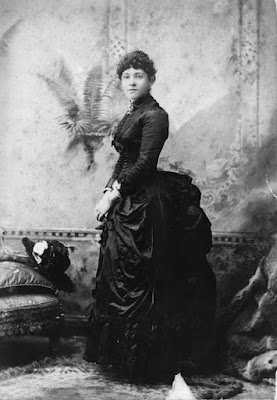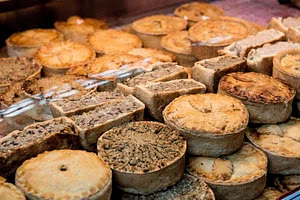The history of the ornate Norse wedding crown is intertwined with the cultural and historical developments of the Nordic region, particularly during the medieval and post-medieval periods. While precise documentation of its origin is limited, its evolution can be traced through archaeological findings, historical records, and cultural practices.
Origins of the Norse wedding crown
The origins of the Nordic wedding crown likely stem from medieval European traditions, including Christian customs and influences from neighboring regions During the Middle Ages, crowns were symbols of nobility, authority, and religious significance. As Christianity spread throughout Scandinavia, elements of Christian wedding customs, such as crowns and blessings, likely influenced the development of the Nordic wedding crown tradition. (Some regions suggest it is fashioned after the Virgin Mary’s crown).
Purpose of the wedding crown
The tradition of the Nordic wedding crown as it is known today emerged during the post-medieval period (late Middle Ages and on). As societies became more structured and wealthier, families invested in heirloom-quality items for special occasions, including weddings. In the Viking culture, the bridal crown was most often a family heirloom crafted of silver. Silver and gold were the two precious metals commonly used for such purposes, and ornate crowns became symbolic elements of bridal attire, signifying purity, lineage, and familial wealth. It was probably the most significant item in her trousseau.
Like many wedding traditions, the origins of the Norse Wedding Crown are tied to the superstition that the crown deflected evil spirits in the same way the wedding veil custom was thought to hide the bride from evil spirits. For the Norwegian tradition, the bride wore her ornate silver and gold crown decorated with small dangling charms. As the bride moved the tinkling of the charms was thought to chase away the evil spirits, much the same way the clanking of tin cans and old shoes tied to the back of the newlywed's getaway carriage was thought to help ward away evil spirits.
The tradition continues to evolve
Despite societal and cultural changes over the centuries, the tradition of the Nordic wedding crown persisted in Nordic communities. Families continued to pass down heirloom crowns from generation to generation, and the symbolism associated with the crown remained significant in wedding ceremonies. Over time, the design and ornamentation of the crowns may have evolved to reflect changing tastes and fashion trends, but the core symbolism and cultural significance endured.
The Nordic wedding crown remains a cherished symbol of tradition,
heritage, and marital union in Scandinavia to this day. While the exact origins of the Nordic wedding crown are not
definitively documented, its history can be traced through the intersection of
medieval European traditions, Viking-era
practices, Christian influences, and evolving cultural norms within Nordic
societies.
Photo Credits: Norsk Folkemuseum, picryl, flickr











.jpg)

